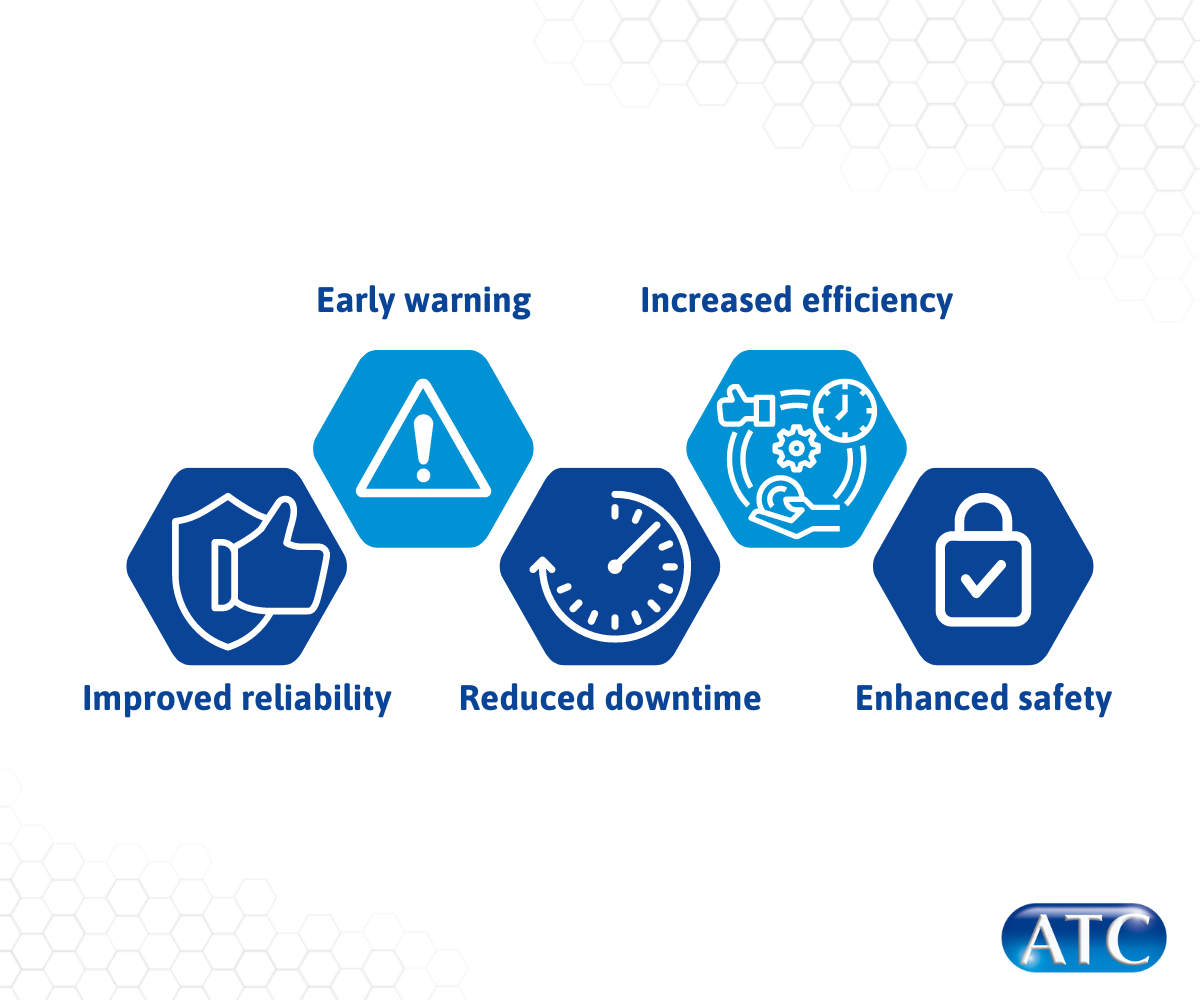
Low flow alarms are a type of warning system that is
designed to alert operators or maintenance personnel when the flow of heat
transfer fluid through process cooling equipment falls below a certain level.
The purpose of these alarms is to help to prevent damage to the equipment and
other connected applications by ensuring that adequate heat transfer fluid flow
is maintained.
Process cooling equipment is typically used in commercial
and industrial settings to cool equipment or processes such as data centres or
manufacturing processes. They work by circulating heat transfer fluid, which
absorbs heat from the application and carries it away. If the flow of heat
transfer fluid drops too low, equipment can overheat, potentially causing
damage to the equipment and even leading to a shutdown.
To prevent this, a lot of chillers are equipped with low
flow alarms that detect when the flow of heat transfer fluid falls below a
certain threshold. When this happens, an alarm is triggered, alerting operators
or maintenance personnel to the problem/ They can then take action to
investigate and correct the issue before any damage is done.
There are several benefits to having a low flow alarm on a
chiller, including:
Early warning of potential issues:
Low
flow alarms can detect when the flow of heat transfer fluid through a chiller
falls below a certain level, providing an early warning of potential problems
before they cause damage to the chiller or other connected equipment.
Increased efficiency:
By
maintaining a consistent flow rate, a low flow alarm can help the chiller
operate at optimal efficiency, which can lead to energy savings and lower
operating costs.
Reduced downtime:
By alerting operators or maintenance personnel
to potential issues, low flow alarms can help reduce unplanned downtime and
prevent product interruptions.
Enhanced safety:
Low
flow alarms can also help prevent unsafe operating conditions, such as
overheating or the potential for equipment failure, which can lead to hazardous
situations for personnel working in the area.

While low flow alarms provide many benefits, there are some
potential drawbacks to consider:
Installation and maintenance costs:
The
cost of installing and maintaining a low flow alarm can be a large investment,
especially for larger systems. The complexity of the installation and
maintenance required will depend on the specific system, so it’s important to
consider the overall cost-benefit analysis before making a decision.
Complexity:
Depending
on the type of system and the level of integration with other monitoring and
control systems, low flow alarms can be complex to set up and operate.
Potential system downtime:
In
some cases, low flow alarms can trigger a shutdown of the system to prevent
damage or unsafe operating conditions. While this can prevent damage, it can
also result in unplanned downtime and impact on the productivity of the
operations that rely on the system.
Limited usefulness for some systems:
Some
chiller systems may not require a low flow alarm, either because they have a
built-in flow meter or because the flow rate is consistently high enough that a
drop below a certain threshold is unlikely.
In summary, while the benefits of low flow alarms can
outweigh the drawbacks for many applications, it is important to carefully
consider the specific needs and constraints of each individual system to
determine whether a low flow alarm in necessary and to ensure that the
investment is justified.